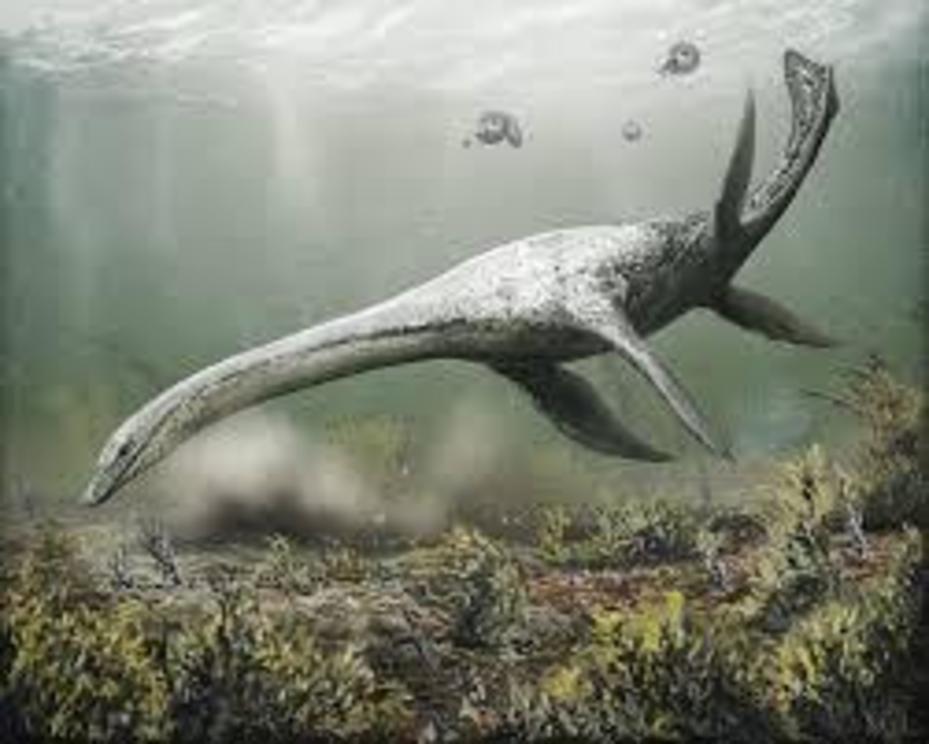Number of Nessie sightings in 2019 highest in nearly 40 years
An accounting of Loch Ness Monster sightings for 2019 finds that the famed cryptid was spotted a whopping 18 times, which is the highest number in nearly 40 years. The tally comes by way of the Official Loch Ness Monster Sightings Register maintained by longtime researcher Steve Campbell. According to the Nessie hunter, who collects reports throughout the year and judges the credibility of the cases, the rather sizeable number of noteworthy sightings is the best on record since 1983, when 20 different encounters are said to have occurred.
This past year's proverbial high water mark continues a trend that has been unfolding over the last few years wherein Nessie sightings have steadily increased at a remarkable rate. To that end for those keeping score at home, 2018 saw 15 sightings, 2016 had 12, and the three years prior to that each featured seven reports. Those numbers stand in stark contrast to much of this century so far as it was not uncommon for many years between 2015 and 2000 to have just one or two cases.
Campbell credited two key factors for this meteoric rise in sightings over the last few years: webcams watching the waters of the famed sight which allow for anyone in the world to possibly spot the creature and an increase in tourism at the legendary landmark. He also mused to a local newspaper that modern technology has helped in a big way as "in the connected digital world we live in now, people are taking photos and sending them to us" which is considerably easier than the 'old days' where a witness would have to have their possible Nessie snapshot both physically developed in a lab and then mailed via the post office.
It's somewhat ironic that 2019 wound up with such a considerable number of sightings as it was also a year in which the legend of the monster said to lurk in Loch Ness took something of a hit thanks to an environmental DNA study which suggested that the creature was a giant eel. For his part Campbell took issue with the findings, arguing that "Loch Ness is an open waterway. It's not a closed ecosystem." Setting that debate aside, since it's likely to continue for quite some time, the question for 2020 may be whether or not we'll see another increase in sightings or if this past year will wind up being looked back on as peak Nessie.

